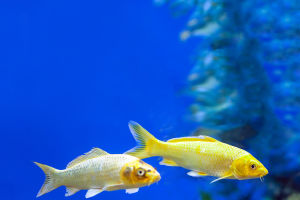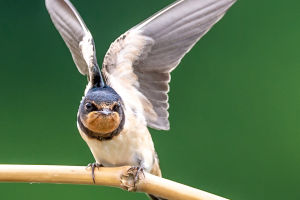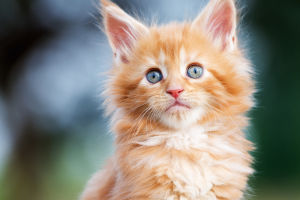The hibernating animals we are familiar with are usually cold-blooded animals such as snakes, because their body temperature cannot be adjusted by themselves,
but will only change with the change of ambient temperature. So in the cold winter conditions, they will go into hibernation, which is a self-protection mechanism.
These hibernating animals are generally small, and when they hibernate, they enter a state of near paralysis, and deep sleep is much less sensitive to external stimuli. Bears, we know, are very large, and polar bears are the largest predators in the world. But they also hibernate in winter.
Meat is the main source of energy for predators, while polar bears are almost pure carnivores, accounting for 98.5% of their food composition. Brown bears living in the north are carnivores, but strictly speaking, they are omnivores because plants account for 60% of their food.
When meat is scarce, they eat wild fruits, grains, plant roots, and so on. Eat fresh meat and carrion, and don't pick at all when eating.
Polar bears live in the North Pole and the area is cold. It's already cold here, so many people don't understand why polar bears still need to hibernate. This is because its main energy source is meat, which consumes more calories and gets less energy in the cold winter.
So in order to survive, they have to get more energy, that is, more prey, or they reduce their own consumption, that is, the way they hibernate. In winter, the Arctic enters the polar night when the sun shines directly to the Tropic of Cancer, when summer is hottest in the southern hemisphere.
During this period, there is no light and poor brightness is not good for polar bears to hunt. And many animals hibernate, fish swim to warmer places, and polar bears don't easily catch food.
And after entering the polar night, it will be very difficult for polar bears. It is true that the polar bear has thick skin, but in fact its skin is black and its fur is a transparent hollow tubule that looks white in the reflection of the sun.
When the sun shines on them, these hollow tubules absorb sunlight and transmit it to the skin to convert it into heat, while thick hair prevents heat loss.
So in the area where they live, when there is no sun at night, polar bears really rely on fat and hair to resist the cold, and can't find anything to eat, so they have no choice but to hibernate.
During hibernation, polar bear mothers mostly give birth at this time, because there are warm nests during hibernation.
Polar bears usually give birth to two cubs at a time. The newborn polar bear is bald. The newborn polar bear is about 30 centimeters long and weighs 700 grams.
At birth, the polar bear's eyes are closed and the body is covered with soft hair. But the fur on the body is so thin that it can not stand the severe Arctic winter and is particularly prone to freeze to death.
Fortunately, the polar bear mother has thick fur all over her body and will wrap it around and use her body temperature to heat the polar bear baby. Moreover, the cave dug is closed, the cold wind outside can not blow in, very warm.


